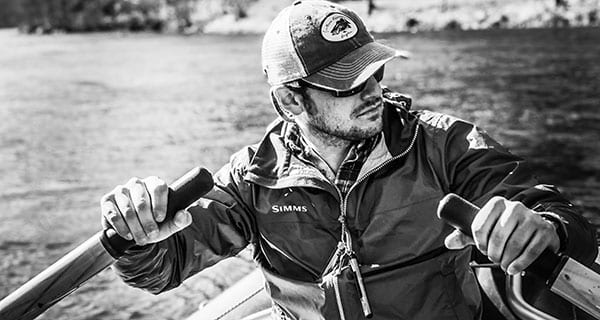A lost art in the world of fly fishing is learning how to tie your own leaders. This is a skill that takes a lot of time to master, but hand-tied leaders generally tend to perform better for me than the premade ones that you can buy in a store. Tying your own leaders also tends to be more economical, as they tend to last longer and tangle much less.
I will say that some hand-tied leaders take a long time to get dialed in correctly, and one leader set up for a particular rod may not work as well for another rod. It takes a bit of trial and error with some adaptations on the water to make a leader turnover and cast correctly, especially if the leader is meant specifically to throw dry flies.
I finally feel confident enough to share one of the leader systems I’ve come up with that is a good all-purpose leader for fishing many of the small trout streams here in the mountains. It definitely might need some tuning from rod to rod, but it has done well for me in rods ranging from moderate to fast action, 7’-8’ three and 4 weight classes. It has enough butt section to make quick accurate shots in pocket water but can still throw a dry fly up to 30’ effectively. I’m sure I’m not the first person to figure this out either, but I hope that this can be a good baseline for other anglers to follow who enjoy making and fishing with their own leaders.
Leader Formula:
30” of 20lb, 14” of 15lb, 12” of 8lb, 12” 2x tippet, 16” of 5x tippet
I would strongly recommend using maxima leader material for the butt sections of the leader. Its stiffness and lack of memory helps everything turn over quickly. The total leader length should be around 7 feet, give or take. This leader works exceptionally well on smaller streams no wider than 30 feet, and it is great for fishing short casts into rough pocket water.
Ethan Hollifield is a member of a conservation organization called 2% For Conservation and a guide for Southern Appalachian Anglers.
